How to feed cabbage for growth?
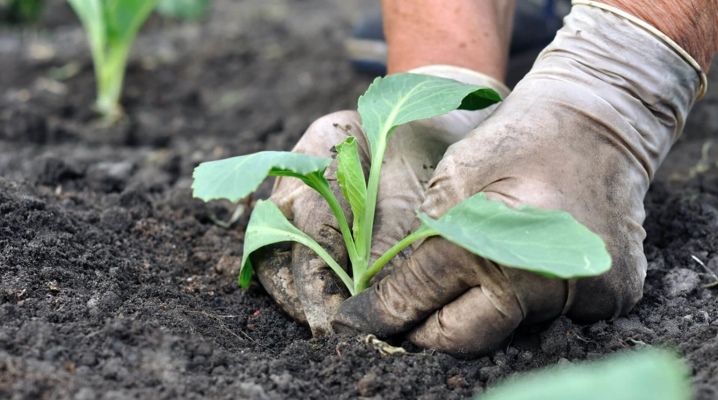
Cabbage requires particularly careful care when growing. The plant quickly absorbs nutrients, so the soil needs to be enriched regularly. It is especially important to feed the cabbage in the middle of summer, when the cabbages are getting stronger and growing. Adequate amounts of minerals, organics and nitrogen must be provided. Some products are available for purchase, while others are easy to make at home.
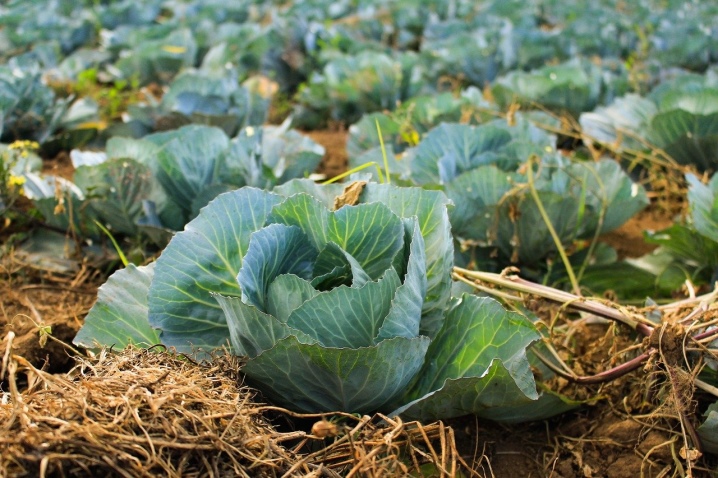
Nitrogen fertilizers
During the period of active growth, the plant needs constant renewal of nutrients in the soil. Nitrogen can be used to feed cabbage for growth, improve its health and nutritional value. Such fertilizers are applied under cultivation, as well as in the furrows for planting. You can also add nitrogen baits 10 days after planting and before vegetation irrigation.
The best complementary foods.
- Ammonium nitrate. Looks like white crystals with impurities. Ammonium nitrate is affordable and contains about 34% of nitrogen available to plants. Fertilizer has the highest concentration among analogues. If complementary foods are planned to improve growth, then it is important not to exceed the permissible dosage. An excess of nitrogen will lead to the accumulation of nitrates in the head and stem. Then these substances are converted into nitrites. The latter are highly toxic and can lead to serious poisoning.
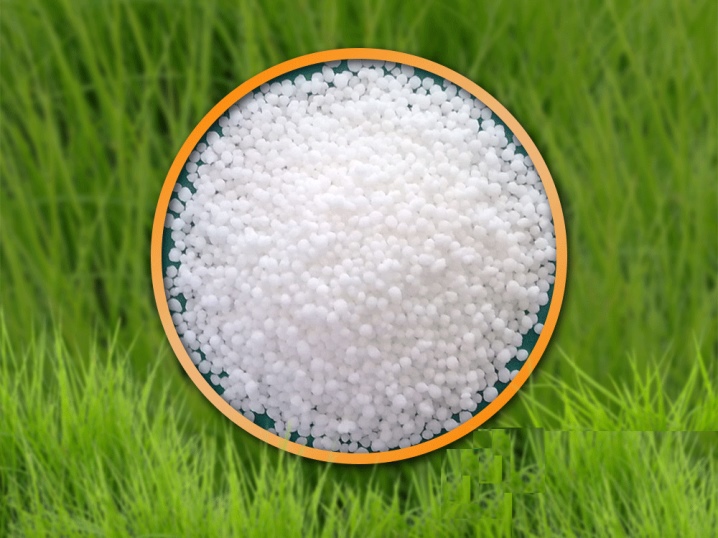
- Ammonium sulfate. Visually, these are just white crystals. In the composition - about 21% nitrogen and a lot of sulfur. The application rate here is 1.5 times greater than that of the previous component. This is due to the fact that there is less nitrogen in the sulfuric acid salt. At the same time, ammonium sulfate makes the soil more acidic. This is not good, so it's important to always keep track of your balance.

- Urea. This substance also looks like white crystals. In fact, it is an ammonium salt of carbonic acid. The dosage must be taken as responsibly as possible. It contains about 46% nitrogen. The norm for ammonium nitrate must be divided by at least 1.5.
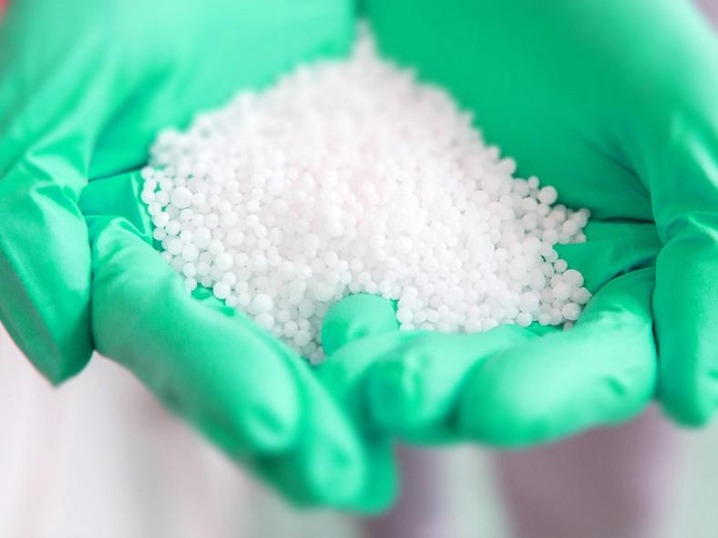
Cabbage is very demanding on the nitrogen content of the soil. For the formation of a decent harvest, about 40 g of the substance is needed for every 10 kg. Cabbage takes complementary foods during the entire growing season. In mid-season varieties, the maximum need for food occurs in the last months of summer.
Organic
So you can process seedlings and cabbage after planting in open ground. Organic fertilizers are of great benefit to the leaves; under their influence, the head of cabbage forms faster and more densely. Fertilizers will help if the cabbage has stopped growing. Organic matter contains many nutrients that the plant needs so much.
The most effective options.
- Manure. The most popular option for outdoor feeding. Mullein is affordable and completely safe, therefore it is used everywhere. This organic fertilizer contains sulfur, potassium, phosphorus, calcium, nitrogen, boron, magnesium and iron. The substances are in a form in which the cabbage can assimilate them as quickly as possible. In the fall, humus can be added to the beds, which will completely grind over the winter. In the summer season, a semi-mature mullein is used. For cabbage, a manure-based solution is also used. During cooking, it is necessary to mix organic matter with water in a ratio of 1:10, stir thoroughly and leave for 7 days. This fertilizer is applied in 3 times. First, during hilling in July, then after 3 weeks. If late cabbage is grown, then the third time is at the end of August.
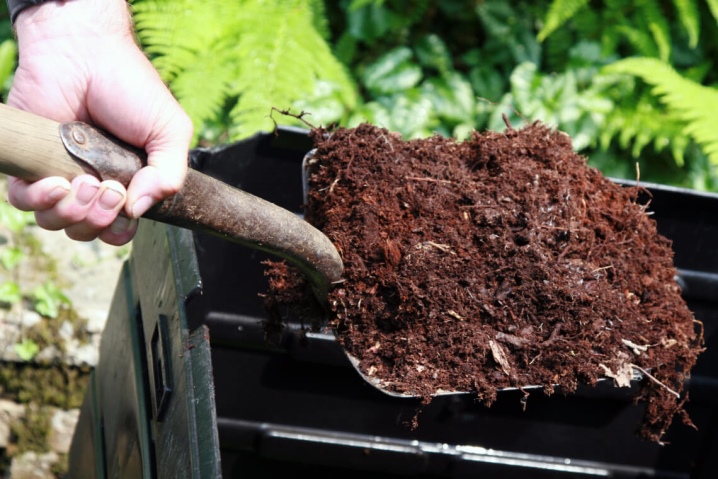
- Chicken droppings for seedlings. There is several times more nitrogen here than in manure.As a result of using cabbage, it ripens faster and gives more yield. Chicken droppings improve the plant's resistance to fungi and bacteria. It is also a prophylaxis against the formation of white plaque on the ground. At the same time, organic matter is not toxic, enriches the soil and has a long-term effect. Chicken droppings can provide a balanced diet for cabbage. At home, a liquid concentrate is used in vegetable gardens. Large barrels are used for manufacturing. The droppings and water are combined in equal proportions, mixed and kept under a lid for three days. You can store the finished concentrate throughout the season, using it as needed. For use, 1 liter of the composition is diluted with 10 liters of water. Several times during the growing season it is necessary to apply fertilizer from the manure under the bushes and between the beds.
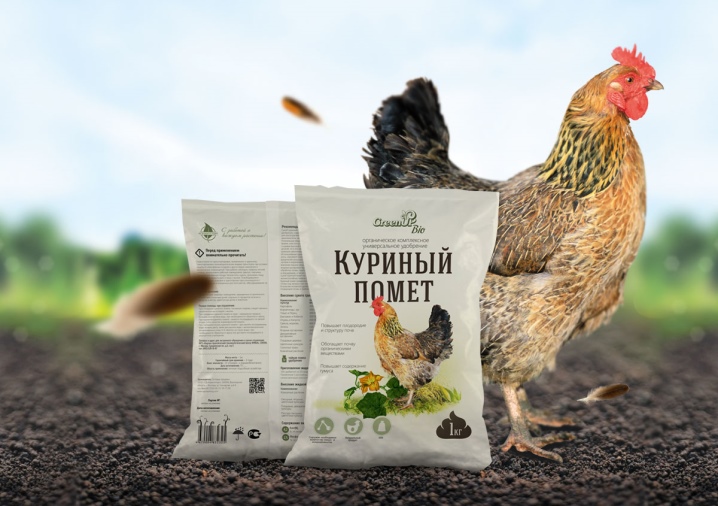
- Potato peel. The fertilizer contains trace elements and even salt. A good solution for feeding any kind of cabbage. For cooking, you need to pour 2 kg of peel with a bucket of boiling water, stir thoroughly and leave for 3 days. During this time, you need to additionally mix the mixture several times. The composition does not need to be filtered before use. The peel itself will stay in the soil for a long time, rotting and enriching it. Cabbage can be treated with this mixture when planting and then repeat the procedure every month. You can start using immediately after planting in open ground. Also, the mixture has a good effect on the seeds if you first put it in the hole.
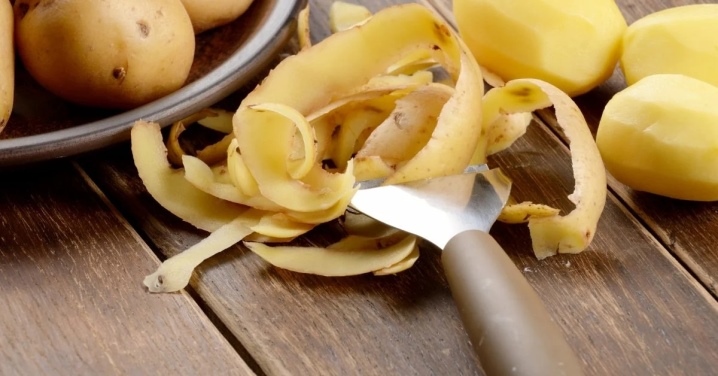
- Banana peel. It is a source of potassium and other beneficial trace elements. Sometimes a little chopped banana is placed in the hole at all during planting. This allows cabbage to quickly adapt to new conditions, survive stress with minimal losses. To prepare the mixture, you will need peels with 10 bananas and a bucket of water. You just need to pour the crushed peel, close it and insist for 5 days in a dark and warm place. Strain the tincture thoroughly before use. When watering, it is used at the rate of 1 liter per plant. It should be poured under the root so that the composition does not get on the leaves. It is enough to feed the cabbage in this way 3-4 times during the period of active growth.

- Eggshell. The tool allows you to enrich the soil with potassium. Also, the shell is a folk remedy for the prevention of slugs and bears. It is necessary to use casings from raw eggs, not boiled ones. Harvesting should be done in advance, even before the season begins. There are no clear instructions for the preparation of fertilizer. The optimal amount of the shell should be thoroughly dried and crushed into powder. To do this, it is convenient to place the shells in a bag or cloth, and then just walk over them with a rolling pin. The powder is poured into the holes during planting, literally 1 tsp. To protect against pests, the shell is not crushed into powder, but to the state of small fragments. This should be sprinkled on each head of cabbage. So the pests simply will not be able to crawl to the cabbage along the sharp fragments.
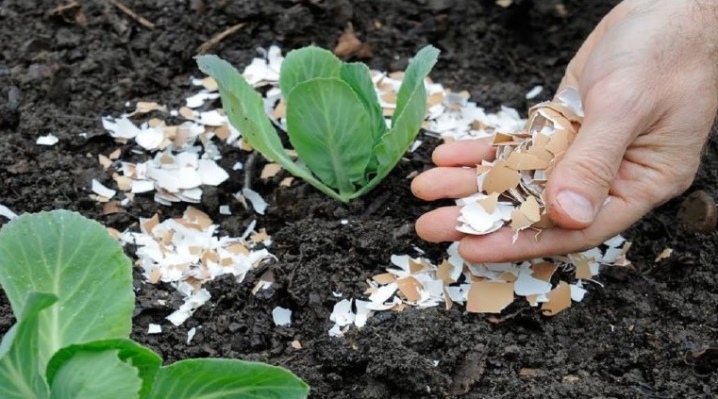
To grow cabbage, it is not necessary to purchase only traditional complex fertilizers. You can also use quite affordable organic matter, which also contains many useful substances. It is recommended to alternate different feeding methods. Organic fertilizers are applied to wet soil.
As a result, you can get a good and high-quality harvest that can be stored for a long time.
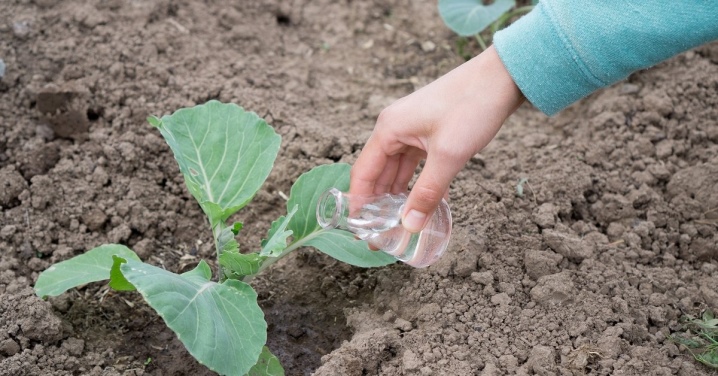
Folk remedies
After planting, cabbage should be fertilized regularly so that it grows better. By choosing the right substances, the product will grow tastier and healthier. Certain substances contribute to the storage of cabbage much longer after harvest. It is important to observe all dosages so as not to harm the plant.
Baking soda
The substance benefits the heads of cabbage that have already formed. Soda allows cabbage to become stronger, not to crack during growth and storage. It is enough to dilute 20 g of the substance in a bucket of water. Then you need to pour the solution over the cabbage under the root so that the liquid does not touch the green part.
This is a very popular method of cultivating the plant outdoors.
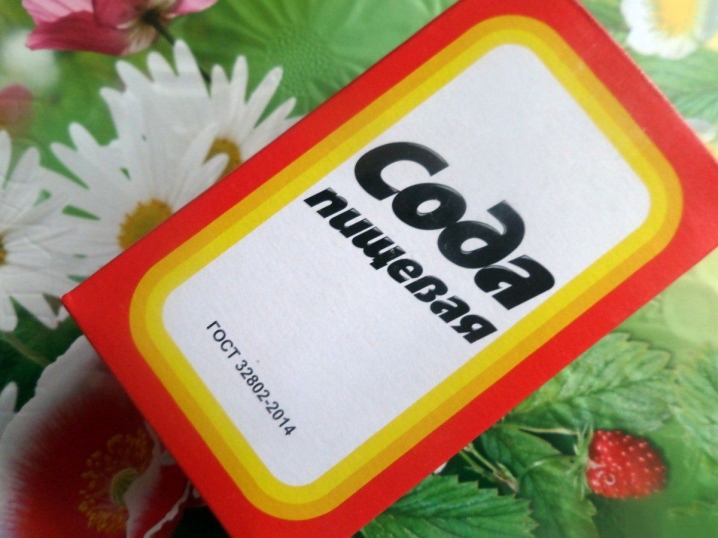
Yeast
Cabbage needs increased nutrition during the growth and formation of inflorescences, heads of cabbage. Yeast allows you to enrich the soil with trace elements and minerals. It is important to use a fresh ingredient, but it does not matter whether it is dry or alive. Yeast feeding is carried out at a time when the soil is already well warmed up. It is enough to carry out the procedure 2 times during the summer season.
Fertilizer with potassium should be applied 2 days after the yeast. Even ordinary ash is suitable for this, which is placed between the holes. Yeast can be substituted with live beer if needed.
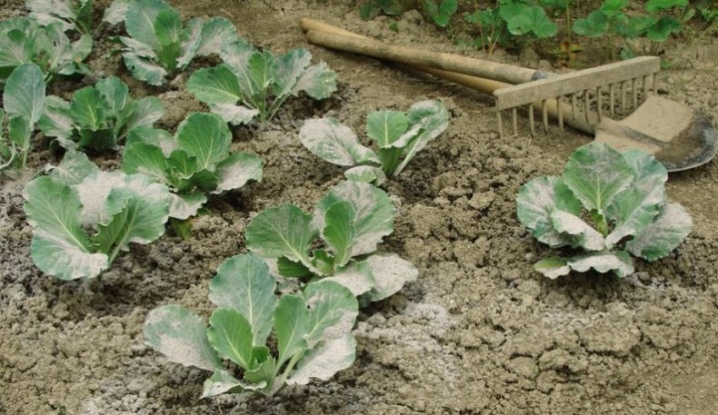
Cooking recipe with traditional ingredients:
- combine 10 liters of warm water with 2 tbsp. l. sugar and 10 g of dry yeast;
- leave to infuse for 2 hours;
- dilute the resulting composition with clean water in a ratio of 1: 5;
- water the cabbage at the root.
The rest of the solution can be applied to flower beds, berries or fruit trees.
It's even easier when using fresh yeast. Dissolve 500 g of the product in 5 liters of warm water. The mixture is diluted again at a ratio of 1:10. Live beer is simply poured to the root, without dilution.
However, this is a rather expensive method and is rarely used.
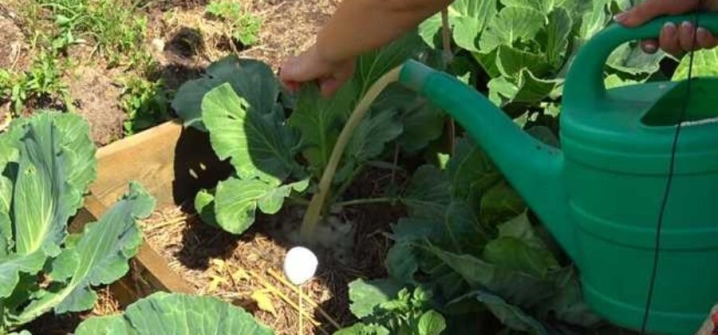
Boric acid
Processing with this component is carried out by the foliar method. For this, a spray bottle or sprinkler is used. As a last resort, you can take a broom and so process the cabbage. It doesn't take long to prepare the solution.
In a cup of warm water, dilute 1 tbsp. l. boric acid. For spraying, the composition must be diluted. The prepared composition should be poured into a bucket of water and stirred. Such spraying will enrich the cabbage with boron. As a result, the harvest is stored longer, the heads of cabbage are crisper and the leaves are tender.
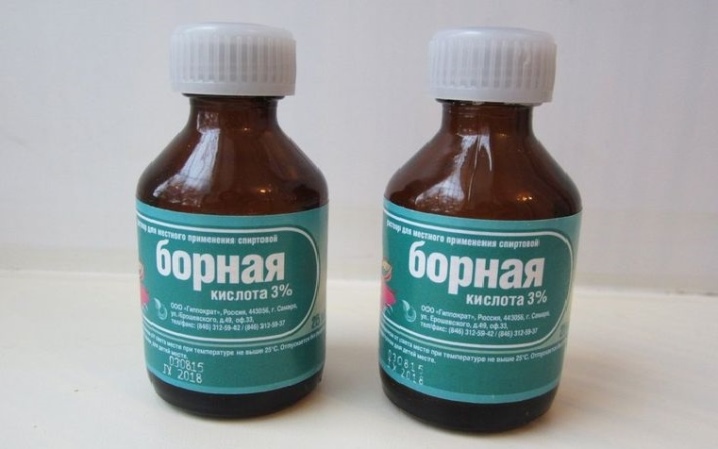













The comment was sent successfully.